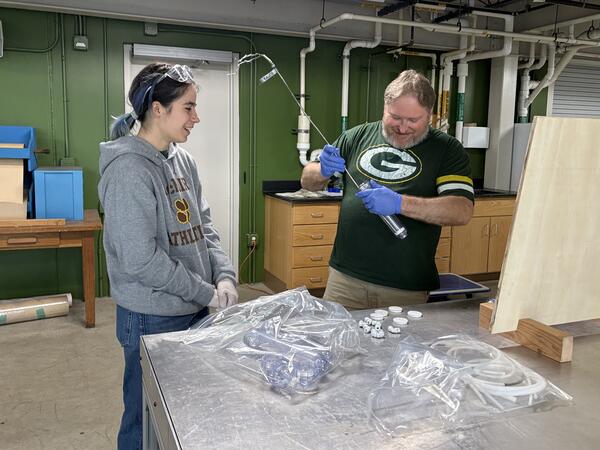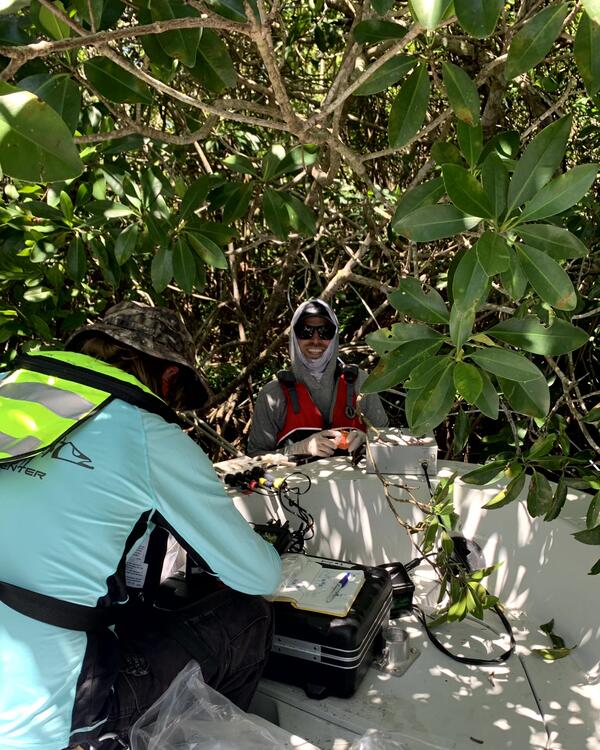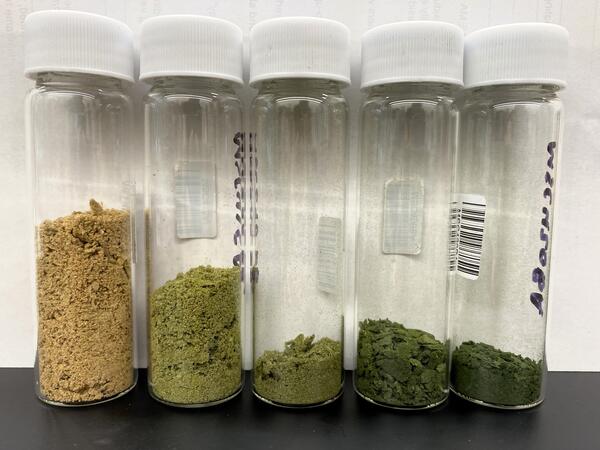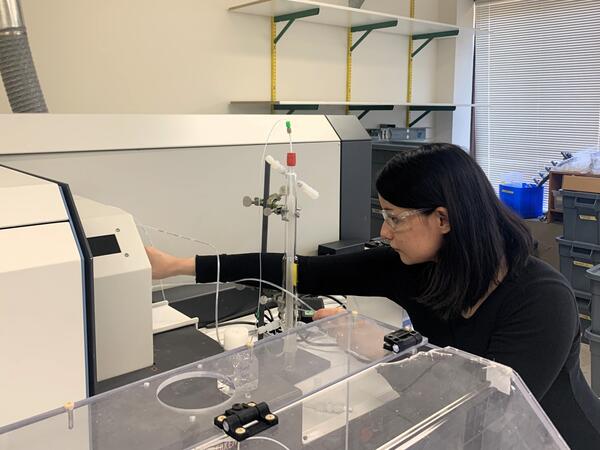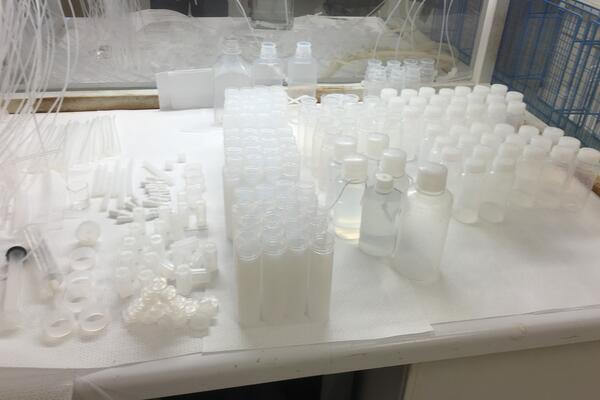Exploring Changes to Mercury Cycling Across the Great Lakes in Response to Co-Occurring Stressors
Exploring Changes to Mercury Cycling Across the Great Lakes in Response to Co-Occurring StressorsA poster describing the research activities of the M3 research laboratory. Exploring Changes to Mercury Cycling Across the Great Lakes in Response to Co-Occurring
Stressors. St. Louis River Assessments, Mercury Methylation Dynamics in the Lower Lakes, Mercury Inputs to Lake Superior, Mercury Bioaccumulation Dynamics in Lake Huron.








